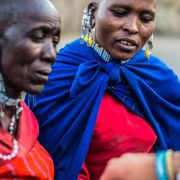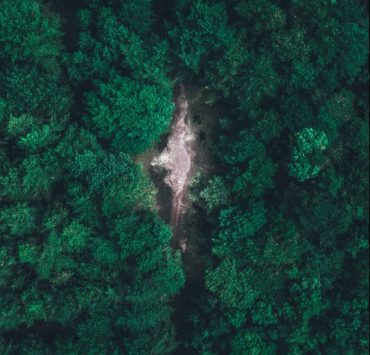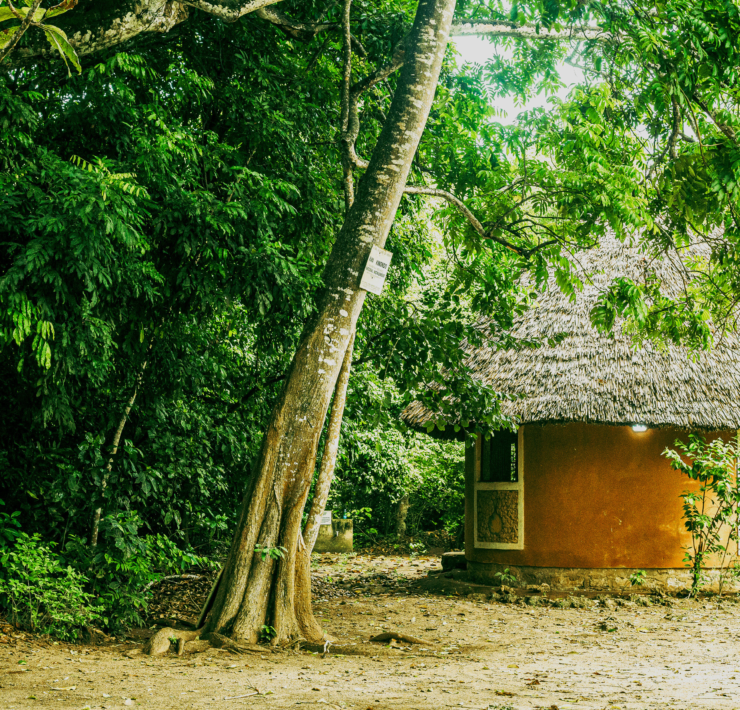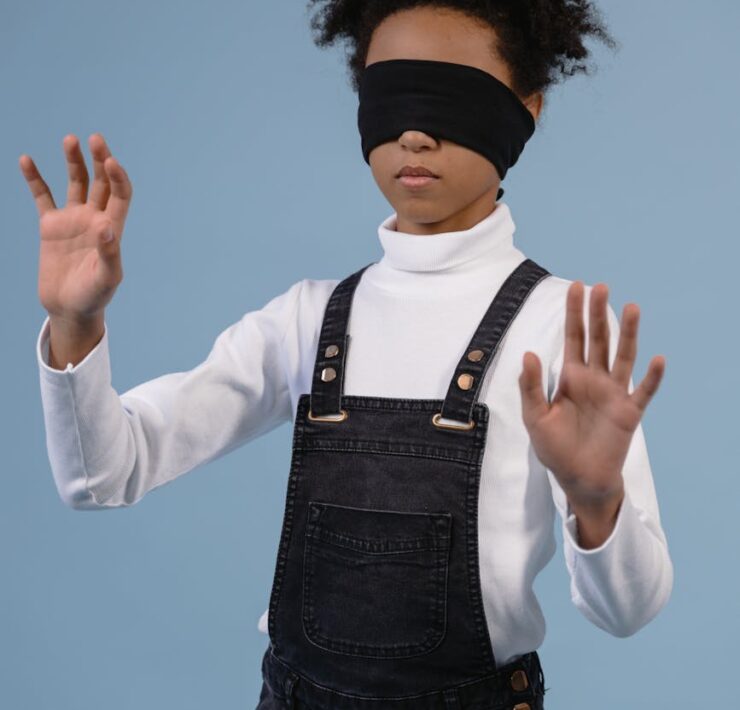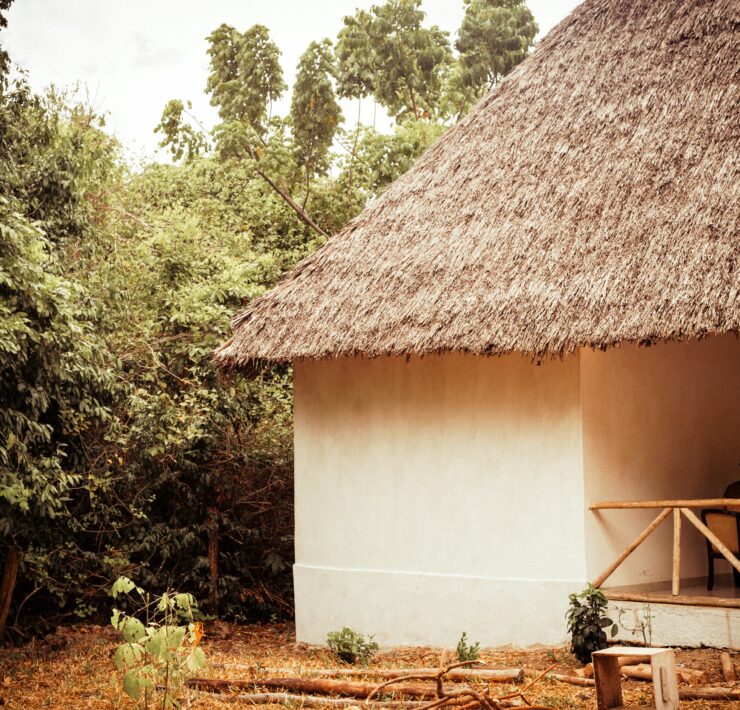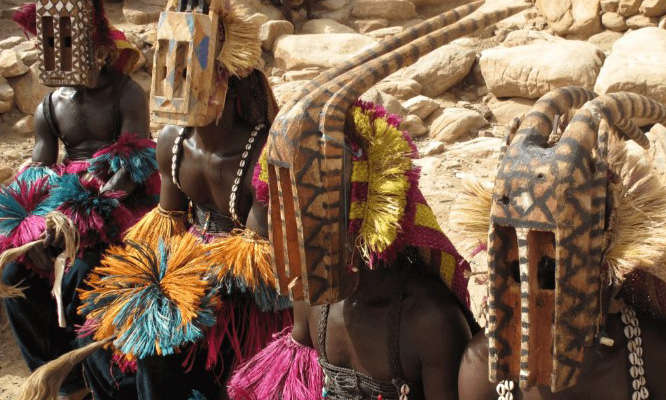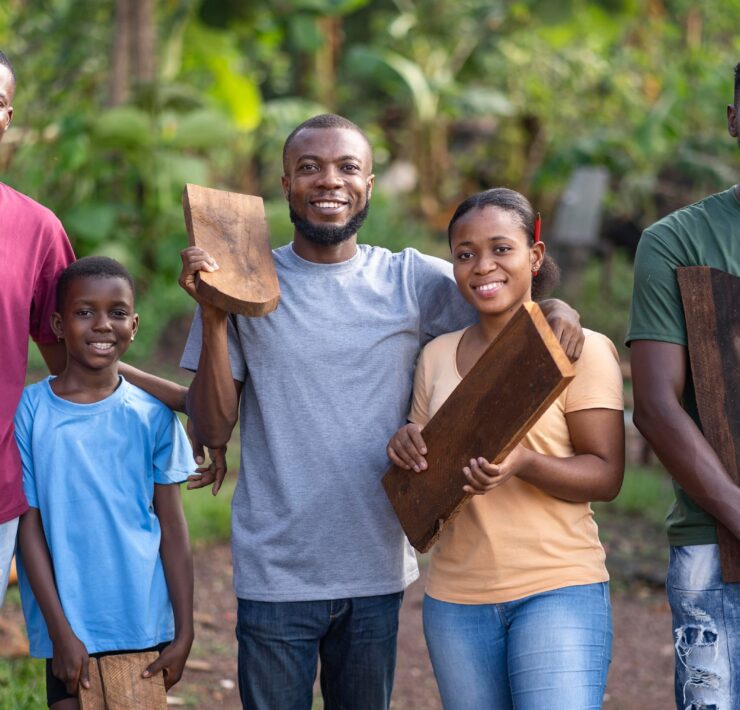The Sakuye people of Northern Kenya
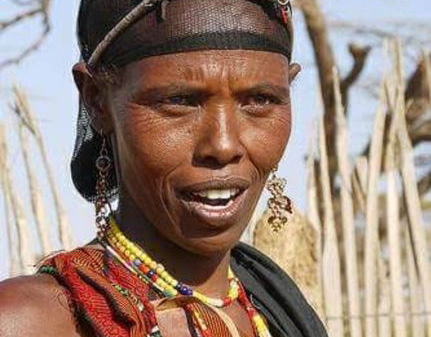
Often unheard of and mistaken for the Borana, the Sakuye are a small, semi-nomadic group of pastoralists.
They were a group of the proto-Somali peoples who separated from the Rendille. One group called the SakuyeMiigo came from the Garre people. One group of the related Gabbraare also called Miigo. They are also related to Dagodia and Ajuran. Due to the places they have passed through, they speak Borana, which is the common language in the area.
The Sakuye now speak the Borana-Oromo language and share the same Oromo clan identities with other Borana-speaking peoples.
There are other sub tribes of the Sakuye which are:
SakuyeMatharba
SakuyeWarsuya
SakuyeWarfuraa
SakuyeHarsuwa
SakuyeIlani
SakuyeThele.
Following Kenya’s independence, nearly all of their livestock died due to the Shifta War in 1963 between the Somalis and the Kenya government. The Sakuye were caught in the middle and most Sakuye became destitute. Some were able to rebuild their herds, but many remain poor. They survived by taking up agriculture. Their culture is undergoing basic changes as they strive to maintain their identity. In some areas, traditional Sakuye rituals have been replaced by Islamic prayers.
Identity: Tradition says that before the Sakuye attached themselves to the Borana, they lived with the Rendille in the Mt. Marsabit area. The Sakuye and the Rendille are said to have broken away in the 1500’s from the early Somali group from which the Garre also developed. Tradition also says that the GabbraMiigo, the SakuyeMiigo and the Gabbra of Kenya’s Eastern Province later originated directly from the Garre Somali.
Today there are two sections of the Sakuye people, living in two areas. The northern group are semi-permanent at Dabel and the southern group is in Isiolo District. Clan structure and traditions are no longer as important as in the past.
The majority can’t read and speak only Borana. Even the Muslim teachers can’t read although they want to learn. However, the school children are learning to read. Most families exist on famine relief but the fortunate ones are those who still have camels or cattle and fare better.
Female Genital Mutilation (FGM) is a rite of passage as well as circumcision for boys at seven, besides marriage at teenagehood, although young girls could be married at any age up from 12 years. This is done especially through negotiations with the parents.
If a young marriageable girl accused a boy of even greeting her, that person would have a case to answer even if it was only greetings. Only married females were supposed to speak to men. Anybody who reaches the age of FGM and circumcision and is not married is scorned and rejected.
Language: The Sakuye speak Borana, an Eastern Cushite language adopted from their Borana-Oromo patrons.
Customs: The Sakuye live among the Borana and they are ritually allied to them for political purposes in their history. Many identify themselves as Borana. However, the Sakuye herd camels primarily, whereas the Borana are mostly a cattle people.
They have also adopted the pre-Islamic religious institution of the priest-diviner called Qallu. Since the re-establishment of the social structures in 1965, the Sakuye do not allow Sakuye girls to marry outside the Sakuye group. The Sakuye have much social interaction with the neighboring Somali peoples, and when asked, will sometimes identify themselves as Somali.
Religion: Traditionally the Sakuye worshiped one God, Waaq, by putting sacrifices in special trees. Over the last century, aspects of Islam have come into their culture, largely due to their association with the Somali. Most Sakuye, however, still hold on to their traditional beliefs and practices. They follow traditional Islam that is mixed with animism; they even have a shrine in Dabel, though as they moved they would make family shrines and they would rather speak of other things, due to their Islamic roots.
Dabel is the center of the Ayaana, a strong Oromo Satan appeasement and worship cult. Ayaana followers believe it is necessary to appease Satan, because he brings harm to them, while it not necessary to appease God, Since he does not harm people.
With Islamic influence, this is becoming a hush-hush thing that’s now done in hiding because its a form of Shirk.
Christianity: There is some considerable Christian influence among the Sakuye. There are three or four known churches around their area. Geographically as well as socially, isolation is a major factor in their lack of access to the gospel.
Additional information
The Sakuye or Saguye are a semi-nomadic Oromo people living in Marsabit and Isiolo Counties, Eastern Province, Kenya. The 1979 Kenyan census reported this group had 1,824 persons, but GüntherSchlee believes this number “is definitely too low”. The 1969 census gave 4,369 as their number, and the apparent decrease is not due to biological factors. In the 2019 census, they numbered 27,006. Because of their language and their inter-locking settlements, many Sakuye must have given ‘Borana’ when asked for their ‘tribe’.
According to Ethnologue, Sakuye is a dialect of the Borana language, though it has some significant differences. Their name comes from the name of one of the traditional divisions of Borana territory, Saaku, which is the area north of Marsabit. Thus, Saaku-ye means “from Saaku” or “of Saaku” in AfaanBooranaa. When a group of Rendille moved north from Marsabit, their Borana neighbors referred to them as the “Saakuye”.
Source: Wikipedia








